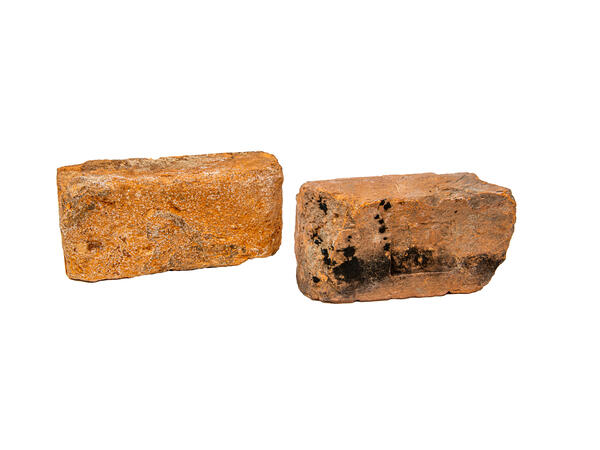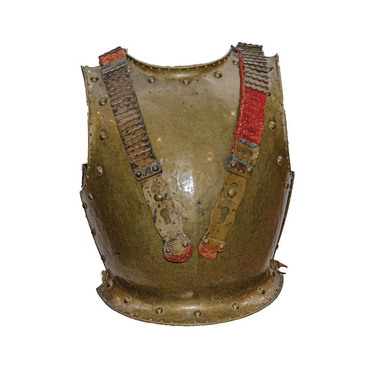In the first days of the Great Patriotic War of 1941-1945, German troops reported to the command about the imminent victory over the Soviet Union. At a press conference in Berlin on June 24, 1941, German Foreign Minister Joachim von Ribbentrop declared that the Russian resistance along the entire border was completely broken. However, this was not the case. Brest fortress, which came under a fierce attack in the first days of the war, offered heroic resistance. Among its defenders, residents of Kolomna also fought: Ivan Zubachev, Sergey Aksenov, and Timofey Gorodbin.
Brest Fortress was located near the border with Poland. In 1939, the Germans had already driven out the Poles from the fortress. By the time the territory was ceded to the USSR, the German troops had aerial photography and ground reconnaissance data. They knew the area and the structure of the fortress itself well, so they expected to take it by storm in eight hours.
On June 22, 1941, at 4:15 am, the Germans opened artillery fire on the fortress and caught the military post by surprise. The city of Brest and the fortress were subjected to massive bombardment and artillery shelling. As a result, the military post suffered heavy losses: warehouses and water supply were destroyed, communication was interrupted.
At 4:45, the Germans began to storm the fortress. The unexpected attack led to the fact that the military post could not provide a single coordinated resistance. However, the battle did not stop but split into several separate centers. It was especially powerful on the Volyn and Kobrin fortifications, where it came to bayonet attacks.
By the time of Ribbentrop’s speech, one of the casemates of the central strongholds was holding the defense for the third day. It was in the citadel that the “Order No. 1” was signed at a meeting of commanders and political workers, which united the forces of the defenders. According to this order, Captain Ivan Zubachev was appointed commander of the composite group.
The defense of the Brest fortress under a single command lasted until June 31, 1941. In memory of the defenders of the Hero Fortress and their act of bravery, the bricks of its walls are displayed in the museum. There are still traces of a flamethrower on them, and in some places, the bricks are melted due to the powerful bombs that the Germans dropped on the fortress.
In 1950, a researcher at the Moscow Museum examined the premises of the western barracks and found an inscription scratched on the wall:
Brest Fortress was located near the border with Poland. In 1939, the Germans had already driven out the Poles from the fortress. By the time the territory was ceded to the USSR, the German troops had aerial photography and ground reconnaissance data. They knew the area and the structure of the fortress itself well, so they expected to take it by storm in eight hours.
On June 22, 1941, at 4:15 am, the Germans opened artillery fire on the fortress and caught the military post by surprise. The city of Brest and the fortress were subjected to massive bombardment and artillery shelling. As a result, the military post suffered heavy losses: warehouses and water supply were destroyed, communication was interrupted.
At 4:45, the Germans began to storm the fortress. The unexpected attack led to the fact that the military post could not provide a single coordinated resistance. However, the battle did not stop but split into several separate centers. It was especially powerful on the Volyn and Kobrin fortifications, where it came to bayonet attacks.
By the time of Ribbentrop’s speech, one of the casemates of the central strongholds was holding the defense for the third day. It was in the citadel that the “Order No. 1” was signed at a meeting of commanders and political workers, which united the forces of the defenders. According to this order, Captain Ivan Zubachev was appointed commander of the composite group.
The defense of the Brest fortress under a single command lasted until June 31, 1941. In memory of the defenders of the Hero Fortress and their act of bravery, the bricks of its walls are displayed in the museum. There are still traces of a flamethrower on them, and in some places, the bricks are melted due to the powerful bombs that the Germans dropped on the fortress.
In 1950, a researcher at the Moscow Museum examined the premises of the western barracks and found an inscription scratched on the wall:



